Jean-Paul El Hachem, JPAG Atelier
1. Tell us about yourself
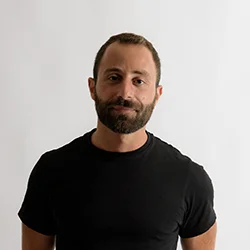
I’m Jean-Paul El Hachem, an Architect who has always found joy in drawing. For as long as I can remember, sketching has been my way of understanding the world around me, a way to express ideas and emotions that words couldn’t quite capture. As my love for architecture grew, it became clear that Design was the perfect extension of my artistic expression.
Architecture allows me to transform my abstract thoughts into spaces that people can experience. This journey led me to explore Digital Illustration, and ultimately to found JPAG, a space where I can create with both Art and Design.
2. Why did you choose to pursue a career in 3D graphics?
I wouldn’t say I consciously chose to pursue a career in 3D graphics, it felt more like a natural evolution of my passion.
From the beginning, I’ve always been drawn to the visual side of things, using graphics as a way to communicate my architectural ideas during college years. It was through these illustrations that I could bring my designs to life, making complex ideas more tangible.
As I helped fellow students to visualize their projects, my work started gaining attention. Before I knew it, architecture firms began approaching me after seeing my work through those same students and the reach of social media. It all unfolded effortlessly and it’s been an organic journey driven by my passion for both architecture and digital art.
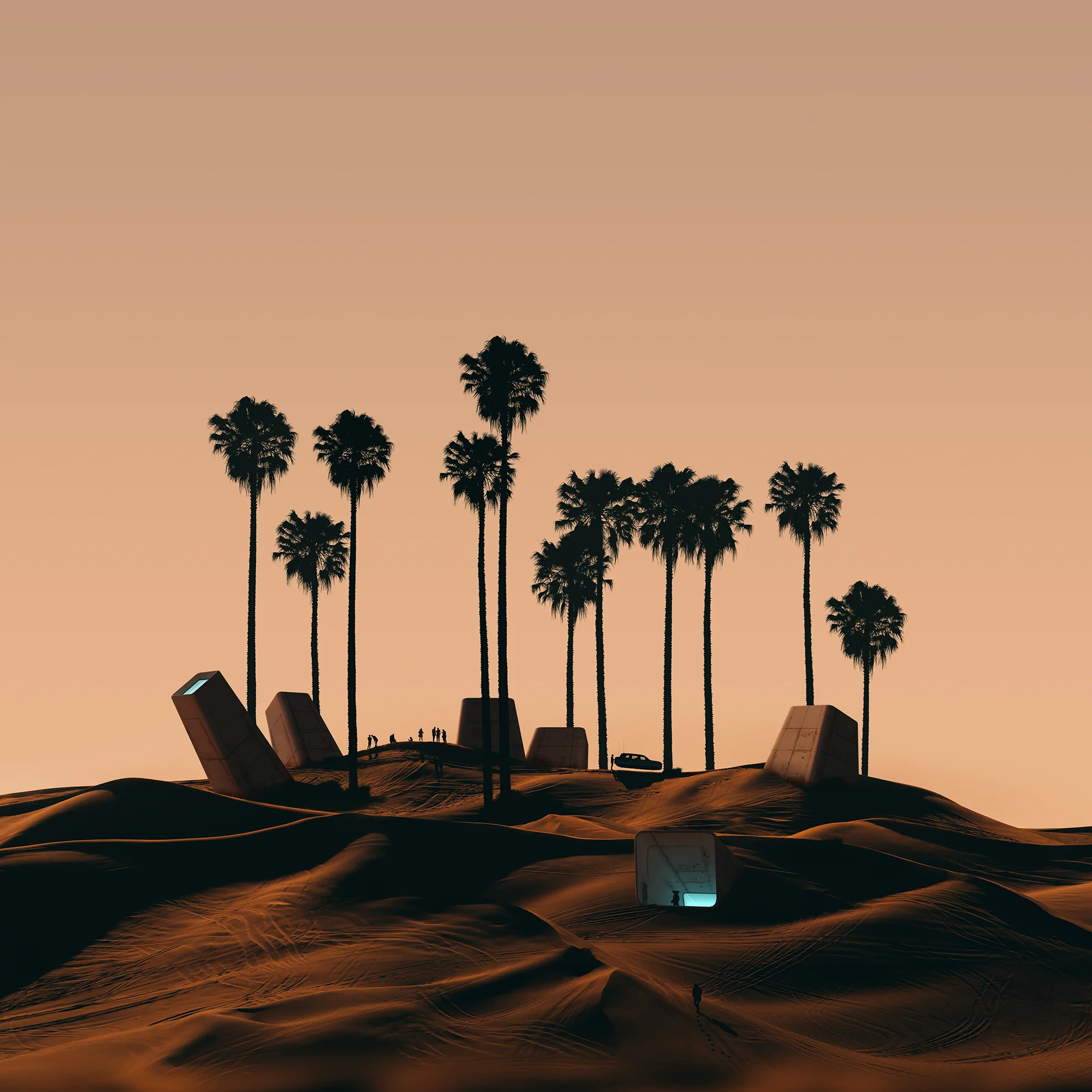
3. Can you tell us about your education and training in architectural visualization? How did you get started in this field?
My first Introduction to 3D software happened when I was 16, in high school. A friend told me about Google Sketchup, and I was instantly intrigued. It became my first tool for exploring design in three dimensions.
Later, in college, I took a course that introduced us to 3Dsmax, but at first, it didn’t quite resonate with me. I kept returning to Sketchup because it felt more intuitive. But I soon realized that to push my skills further and achieve the level of work I aspired to, I needed to embrace more advanced tools like 3Dsmax.
That’s when I decide to enroll in an advanced Vray course at the State of Art Academy (SOA). It was a turning point for me, helping me truly understand how the render engine works and how to bring my designs to life with more depth.
Beyond that, most of my growth has come from self-directed learning, driven by curiosity, researching, experimenting and refining new techniques through personal projects. It’s been a journey of constant exploration and evolution.

4. Tell us more about JPAG. What inspired its creation, and what are its main goals?
JPAG began as an idea in my second year of College. I envisioned creating something that bridged the gap between Design and 3D Art, but with deeper meaning. I wanted to craft art that makes people pause, reflect and dream. I wanted to make art that encourages them to think about their lives and their environment. I wanted to create artworks that carries a message, a layer of meaning beyond just aesthetics.
For a long time, I had this internal conflict between my passion for Design and portraying architecture through art. I wanted to prove that it’s possible to excel at both, even in a world that often defines careers through narrow specialization.
That’s the spirit behind JPAG.
Today, JPAG is a space where architecture and Digital Art converge to tell a story. This is what sets JPAG apart from other visualization studios.
I see it as more than an office, it’s an atelier, a workshop where we experiment and push the boundaries of Design and Art. There’s still so much more to explore, but my hope is that we’re inspiring the next generation to see the possibilities of what can be done when art and architecture come together.
5. What types of projects do you enjoy working on the most, and why?
What truly excites me is having a well thought out design to work with.
As an Architect, that’s what brings me the most joy; when the design itself is strong, creating an amazing scene feels almost effortless. It allows me to focus more on the artistic side of the work, where I can explore deeper layers of creativity.
I particularly enjoy working on small housing and cultural projects because they give me the chance to appreciate and highlight every architectural detail. There’s an intimacy to these projects that I find inspiring.
In my work, I’m not chasing pure realism. Instead, I strive for a balance between what is real and what feels dreamy. It’s a mix of grounded detail and imaginative vision that makes each project special to me.
6. Where do you find inspiration and references for your projects?
At the start of a project, I don’t immediately seek out references. Instead, I begin with my intuition and feelings, determining the mood that best suits each scene. It’s only after establishing this initial direction that I turn to references to refine and enhance the visual.
My sources of inspiration are diverse, often a mix of elements from photography, personal experiences, artworks by leading artists in the field and even deep conversations with friends over the nights.
This mix helps me create scenes that are both evocative and grounded in a rich visual context.

7. How do you continue to improve your skills and expertise?
I’m constantly seeking ways to enhance my skills, often through personal projects that pushes my boundaries. I learned animation through the project “Coming Back to Life” and explored unwrapping, tree modeling and mountain generation with “Earth”.
Each project presents a unique opportunity to acquire new skills, whether it’s developing a new texture, crafting a distinctive 3D model or mastering a specific lighting effect. Every project brings its own set of interesting and challenging elements, contributing to my ongoing growth and expertise.
8. You are a frequent speaker at the INBETWEENNESS Festival. Could you tell us more about this event and your involvement?
I’m incredibly grateful to the team at INBETWEENNESS for giving me the opportunity to speak at such a prestigious event, where the audience is international and filled with experts at the highest level. My talk, titled “Narrative in Stones,” delved into the philosophy behind my work.
I wanted to go beyond the technical aspects of imagery and focus on the emotions, feelings, and experiences that our work can evoke. I discussed how architecture and visualization, when combined, can become powerful tools to raise awareness, address social issues, and engage a wider audience beyond just architects and artists.
The experience was truly amazing. It allowed me to introduce fresh perspectives, inspire others, and showcase how impactful our industry can be when we give it a deeper, more meaningful dimension.
9. Do you have favorite CG artists or studios? Who inspires you?
There are so many incredible artists in the field, so I’d say I’m more inspired by various styles rather than any specific artist. My inspiration comes from all artistic domains; photographers, videographers, painters, musicians and even philosophers.
I can mention a few like Sora, Bertrand Benoit, Friendly Robot, Beauty and the Bit, Ultramarine, and Jie Ma’s latest work, among many others. Each of them has created pieces that have inspired my own creative journey in different ways.

10. I noticed you have received several awards in the field of 3D visualization. Which awards are the most meaningful to you, and are there any others you aspire to receive?
I’m grateful for each award I’ve received throughout my career. These prizes reflect the hard work, dedication, and perseverance I put into creating the most meaningful pieces of art I can. Of all the awards, I’d say the Architizer’s Architect Creator of the Year prize holds the most significance for me, it truly represents who I am as an artist today.
That said, I don’t view awards as the ultimate marker of success. While they do bring a sense of satisfaction and self-encouragement to push myself further, I don’t pursue them as a career goal. I simply focus on doing what I love, and if my work is recognized with an award, then so be it. The real reward is in the joy and freedom of creating without the weight of expectation.
11. Do you engage in teaching or mentoring other artists?
Yes, I do teach Digital Art at the School of Architecture at the Lebanese American University (LAU), and it’s something I truly enjoy.
It’s incredibly fulfilling to have a direct impact on the younger generation of artists and architects, helping them to develop their skills and open the door to the world of visualization.
Being part of their growth and watching them discover their potential is one of the most rewarding aspects of my career.
12. Which of your 3D visualizations is most meaningful to you, and why?
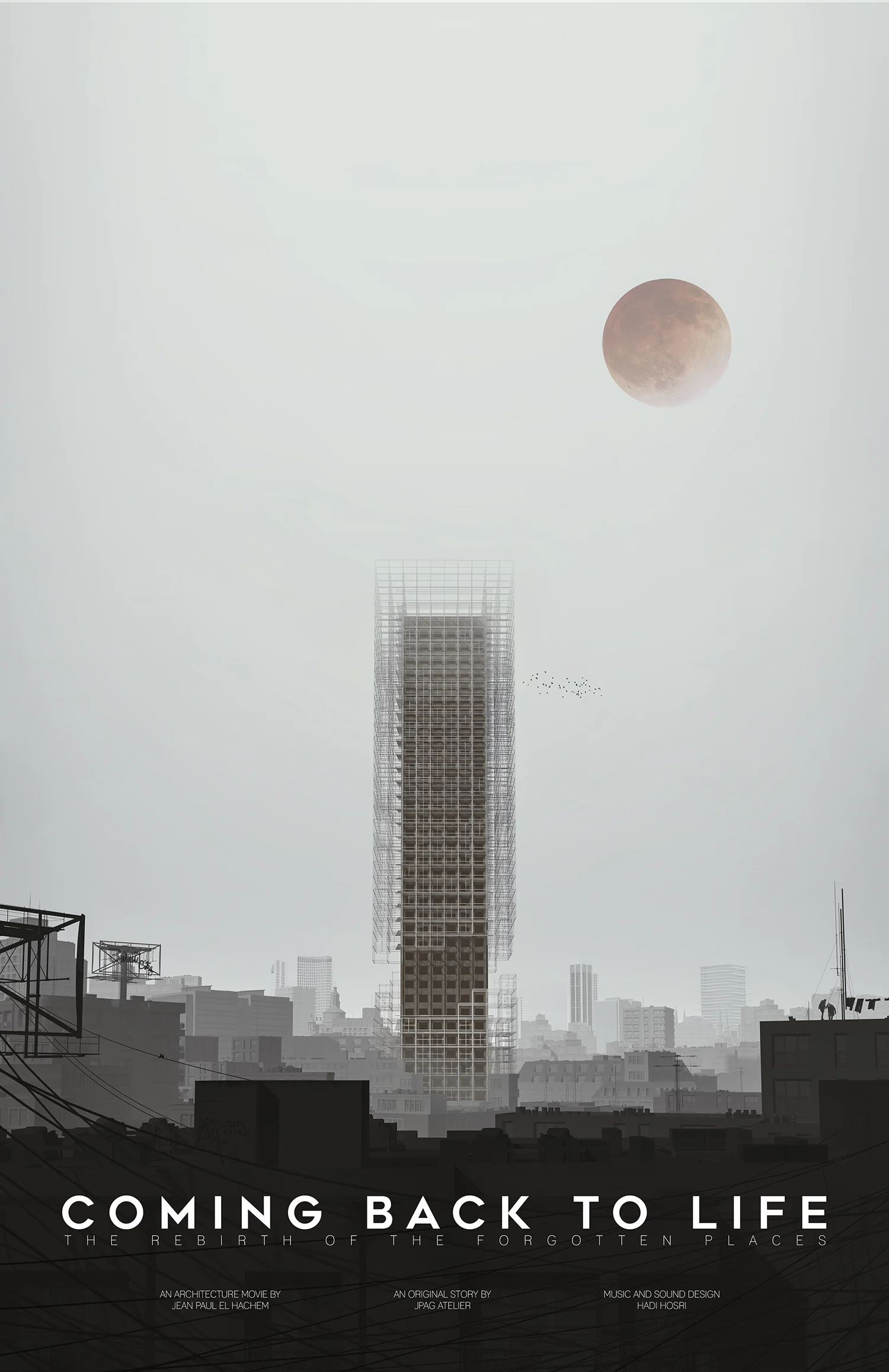
One artwork that truly stands out from everything I’ve done so far is the cover of “Coming Back to Life”. It holds a special place for me.
That project marked a significant moment in my journey as both architect and digital artist. It is my first personal project and the one that connected me to an international audience across both Architecture and 3D worlds.
It brings back so many beautiful memories; the late nights, the skills I gained along the way. It pushed me to challenge myself in ways I hadn’t before, both creatively and technically.
13. What software do you primarily use in your work?
I believe one of the biggest challenges in Digital Art is mastering a wide range of software to bring your vision to life, especially since I don’t consider myself particularly drawn to the technical side of the job.
So I use several software to produce my work, often revisiting tutorials to brush up on techniques I’ve learned in past projects.
The software I consistently rely on are 3Dsmax, VRay and Adobe Photoshop, which I use in every project. Beyond those, I also incorporate tools like After Effects, Substance Painter, Anima, Zbrush and Marvelous Designer, depending on the needs of the project.
14. What is your opinion on the role of artificial intelligence in 3D visualization?
I see AI in 3D visualization as something complementary. While I respect artists who choose to rely on AI to create their images, that’s their creative decision, I personally prefer not to use it during the core artistic process.
For me, the creative journey is something deeply personal and hands-on. However, I do find AI helpful when it comes to finalizing and enhancing the final version of an image or animation, as it can streamline certain tasks and save time.
That said, the field is constantly evolving, so it will be interesting to see where AI can take us in the future.

15. What are your aspirations for your career? What goals and achievements are you aiming for?
In my younger years, I used to put a lot of pressure on myself to achieve big goals, hoping to become an inspiration for others.
That mindset certainly pushed me to where I am today. However, at this stage of my career, my focus has shifted. My aspiration now is simply to enjoy my art, my style, and the way I approach my work. I trust the achievements will follow naturally.
I don’t plan my goals, but I know that my ambition is to keep improving, to the best version of myself, cliché as that might sound, and to inspire others.
16. Do you have any wishes, advice, or words of encouragement for our audience?
Do good, Be good, Be patient, Be strong, Express yourself, Dream and Achieve.
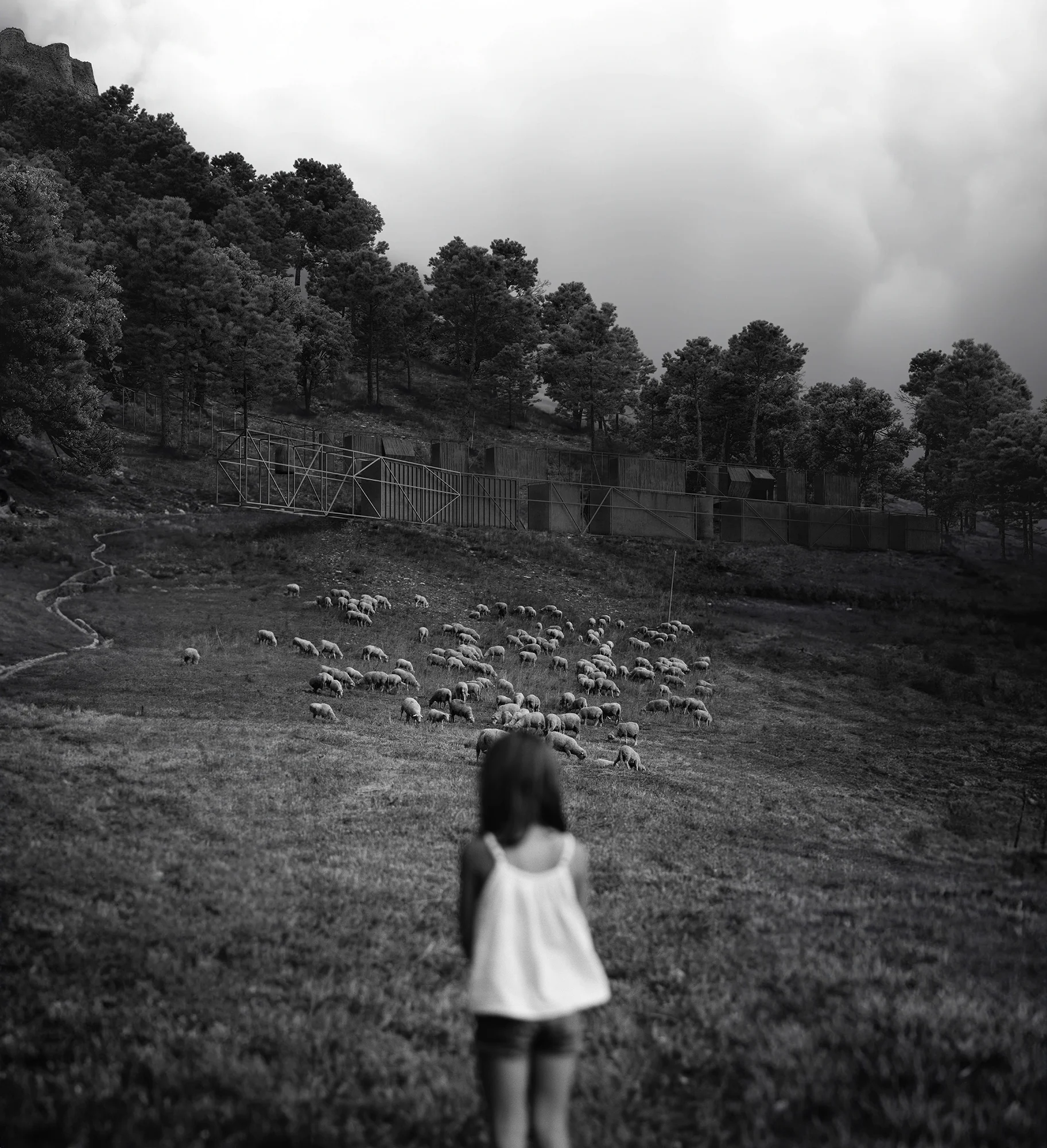
To see more of Jean-Paul's 3D renderings visit his website - www.jpag.co

Meng Taichu
Alexander Suharukov. Founder Provisual.pro
Egor Shtefan
Experience in a 3D visualization studio in Budapest
Vitalii Tomak
Ruslana Kulikova

Latest Discussions
Thank you so much!! 
Beautifully composed scene! The sense of depth and lighting are just perfect. ✨
Harika bir sahne kurgusu! Derinlik ve ışık kullanımı mükemmel. ✨
Great list! I’ve been following Arch Viz Artist (AVA) for a while — their tutorials are top‑level. Discovered a few new favorites here too. Thanks for such a helpful compilation!
Great list. I am Abdullah from 7CGI. I would expect the list to have "Neoscape" in it, though. It's always interesting to see how studios around the world are pushing the boundaries of architectural visualization. We recently published a list in a more comprehensive and entertaining manner, highligh
Looking for a reliable and skilled 3D architectural visualization partner?
We specialize in creating high-quality, detailed 3D visualizations that bring your ideas to life. Let’s work together on your next project!








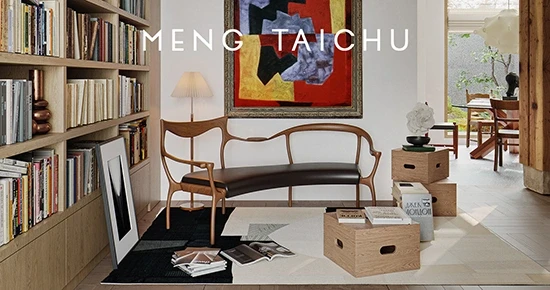

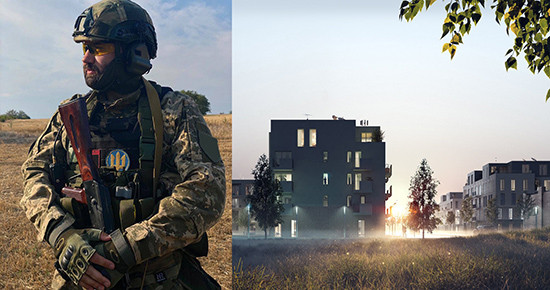
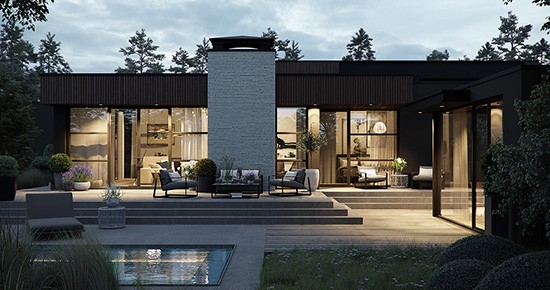
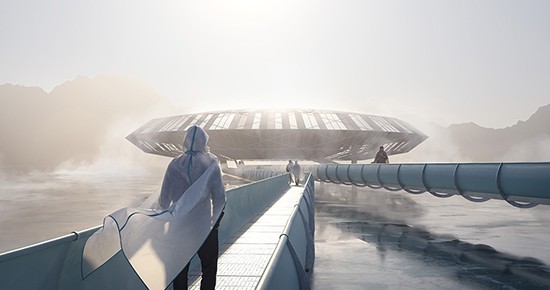
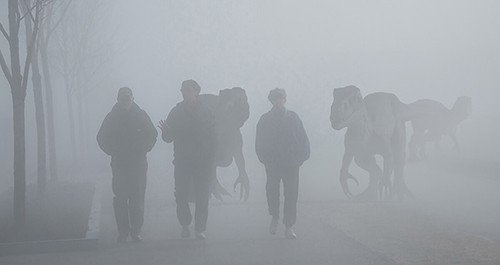
Thank you so much!!